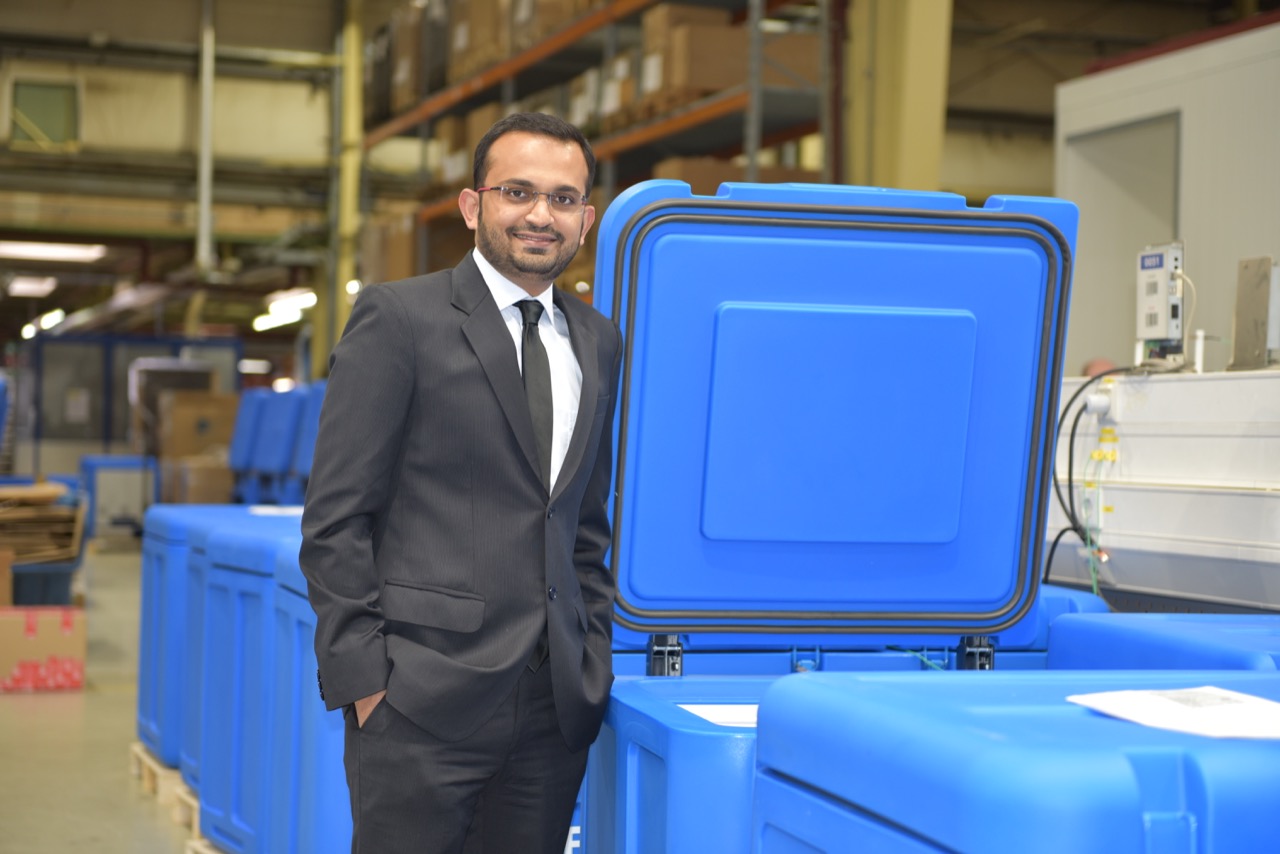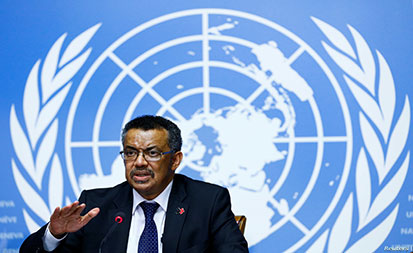Significance of medical transport boxes to build a reliable vaccine cold chain infrastructure in India
Author: Mr. Jesal Doshi, Deputy CEO, B Medical Systems. The history of India's Universal Immunization program dates back to the year 1978 when the Ministry of Health and Family Welfare provided vaccines for infants, children, and pregnant women to prevent diseases

Author: Mr. Jesal Doshi, Deputy CEO, B Medical Systems.
The history of India’s Universal Immunization program dates back to the year 1978 when the Ministry of Health and Family Welfare provided vaccines for infants, children, and pregnant women to prevent diseases like TB, Polio, Measles, Hepatitis B, and others from developing. By 1989-90, the immunization program was one of the largest health programs in the world.
Having run one of the largest vaccine programs in the world, India thrives with its expert know-how on the use of cold chain, health facility cold chain equipment, and basic temperature monitoring devices to ensure that the vaccines are stored and transported within WHO-recommended temperatures.
Since Covid-19 vaccines were made accessible to the commons, India so far has administered over 36 crore doses. The public policy think tank of India, Niti Aayog, has planned to procure 2.1 billion dozes between August and December 2021. For procurement and distribution of vaccines, the need for technology transfer, WHO prequalified equipment, and temperature monitoring devices are indispensable. Thermosensitive vaccines like the Covid-19 vaccine need a robust cold chain infrastructure at every stage, right from procurement to distribution to maintaining the vaccine potency. Now that the arduous task of increasing the cumulative covid-19 vaccine coverage is at hand, the vaccine cold chain capacity must be utilized in the best possible way.
To understand what a reliable vaccine cold chain infrastructure is, let us take a look at a few other aspects of the vaccine cold chain.
The Vaccine Cold Chain Module
The cold chain infrastructure is the system used to effectively retain vaccine potency, which carries the ability to immunize the vaccinated person. To ensure that vaccines are not exposed to inappropriate temperatures, the cold chain module is used. A reliable vaccine is maintained by observing some regularly performed key procedures such as:
- Storage of vaccines and diluents at prescribed temperatures
- Package and transportation of vaccines in accordance with recommended procedures
- Keeping vaccines at recommended cold chain conditions during sessions of immunization
The module starts with keeping a daily and monthly record of the cold chain performance in the short run, which leads to a long term analysis around how effectively these vaccines are kept at recommended temperatures and the effects of deviations from the standard temperature requirements. Post the request for the supply of vaccines from the manufacturers, the vaccines arrive at the central store via the airport, backed by the supply cold chain infrastructure, after which the vaccines are sent to the district, regional stores and local health centres.
Cold Chain Equipment
Proper storage of the vaccines at prescribed temperatures using WHO-recommended cold chain equipment is the only way to ensure the effectiveness of the vaccines on the vaccinated individuals. As prescribed, Covishield and Covaxin vaccines should remain at a temperature of 2-8 degree Celsius. For distribution of the vaccines to storage centres, a correctly packed vaccine carrier must be used.
The management of the cold chain facility involves the execution of various responsibilities including checking and recording the temperature of the vaccines twice daily, proper storage of the vaccines, diluents and water packs and maintaining cold chain equipment.
The requirement for cold chain equipment arises at different levels of the national cold chain system. At the national and provincial levels, the use of cold or freezer rooms, cold boxes, refrigerators and refrigerated trucks for transportations is a must. Storing vaccines require more intricate facilities at the peripheral level including refrigerators with water pack cooling compartments and vaccine carriers. The equipment must also align with guidelines from national regulatory authorities.
The Need for Medical Transportation Boxes
The transportation of the vaccine is as important a determining factor as storage when it comes to potency. The need for adequate medical carrier boxes is all the more emphasised owing to the uncertainty around vaccine spoilage and failure due to high-temperature exposure during transit. In the absence of medical carrier boxes for transportation, cardboard boxes and picnic cooler boxes are used as substitutes for cold storage equipment. However, these arrangements for the transportation of vaccines are not medically recommended as the temperatures vary inside, thereby affecting the vaccine potency. Since covid-19 vaccines are extremely thermosensitive and cannot be exposed to temperature deviations for long periods, medical storage boxes are the need of the hour.
Furthermore, there is an immediate need for temperature monitoring of the medical transport boxes as today no vaccines are being monitored at the last mile of transportation and thus this becomes the weakest link of the entire cold chain.
Refrigerators, cold boxes, and vaccine carriers are required along with temperature monitoring devices for keeping the vaccines at recommended temperatures.
Medical refrigeration and vaccine Cold Chain manufacturers to the rescue
Leaders in the vaccine cold chain can contribute significantly towards building a reliable infrastructure in this space with their hands-on expertise and industrial know-how, primarily for the storage and transportation of covid-19 vaccines. Specific to transportation, they have the equipment to store the vaccines at a temperature of – 70 degree, – 20 degree or at 5 degree Celsius. Backed by extensive research and technical know-how, these cold chain market leaders not only have innovative solutions to facilitate easier transportation but also have a system for end-to-end monitoring so that the vaccines remain safe until they are administered.
Decentralization of Vaccine Cold Chain
The vaccine cold chain has been decentralized by the Indian government to ensure better supervision and control through diversification. For making several vaccines like Pfizer, Moderna, Johnson & Johnson available in the country, the central government has approved fast-track emergency approval of foreign vaccines. It has made agreements with respective stakeholders in the vaccine cold chain infrastructure to ensure efficiency and feasibility in distribution towards a successful vaccine drive. It is being anticipated that the agreements will help with providing medical-grade transportation of the vaccines to any part of India.
With a smooth and systematic medical cold chain facility, the apprehensions around vaccine potency shall be ruled out and the overall effectiveness of the vaccines shall be enhanced. In the forthcoming years, as foreign vaccines become more accessible to the common masses, cold chain infrastructure for vaccines would be a top priority for the effective distribution of the vaccines.



